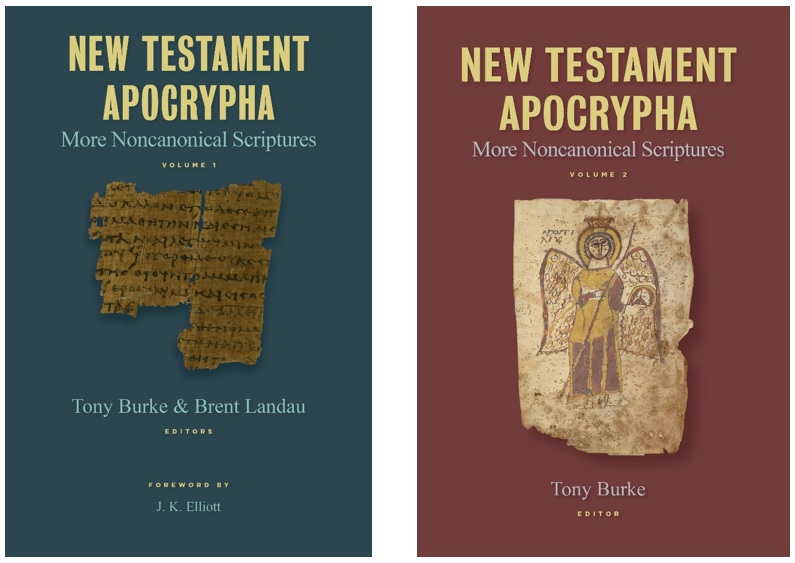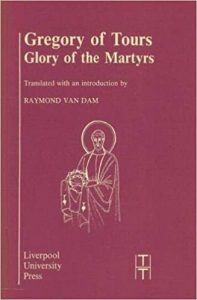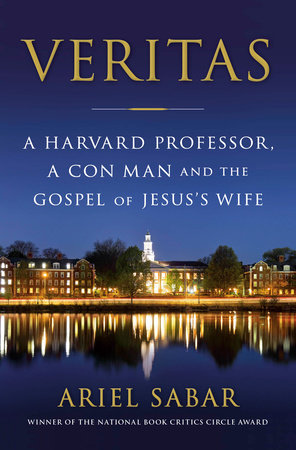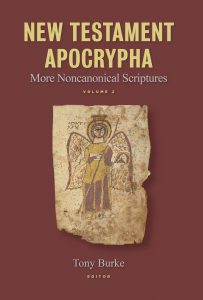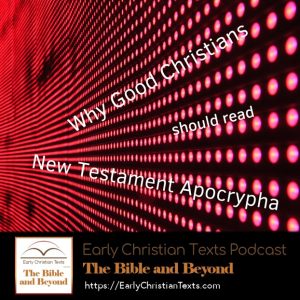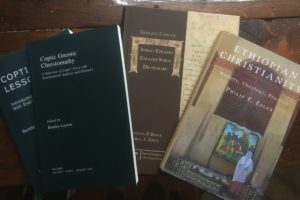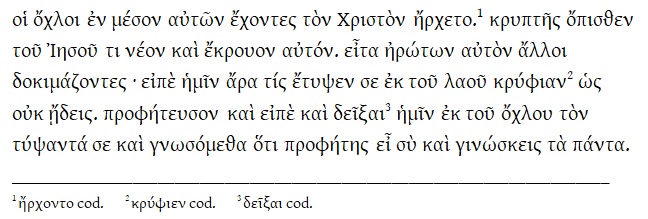“Canonical Apocrypha” in the Menologion of Symeon Metaphrastes
Maurice Geerard’s indispensable Clavis apocryphorum Novi Testamenti (CANT) includes mention of a number of works that are each described only as a “commentarius” (from the Greek hypomnema; on genres in hagiographical literature see Hinterberger 2014) by Symeon Metaphrastes. Little bibliographical information is provided for them—amounting, for the most part, to a reference from Migne’s Patrologia Graeca. The reason for this is simple: very little work has been done on the texts, many don’t even have proper critical editions, and only a few of them have been translated into a modern language. What are these texts? And what are their value for the study of Christian apocrypha?
Symeon Metaphrastes was a hagiographer of the late tenth century who was appointed by the emperor Basil II (976–1025) to construct a new, official menologion—that is, a collection of saints’ lives to be read on their designated feast days. Previous menologia existed but they varied from one another significantly, both in scope and selection of texts. But in Symeon’s time there was a movement toward standardization, begun a few centuries earlier with the creation of the Byzantine calendar of feast days and the subsequent destruction of all rival calendars. Some early scholars of hagiography accused Symeon of destroying earlier texts, but Symeon’s process was rather conservative. He took earlier texts, made stylistic improvements (a process called metaphrasis), and arranged them according to the new calendar date. Most of these earlier texts still exist and indeed, by comparing them to …

